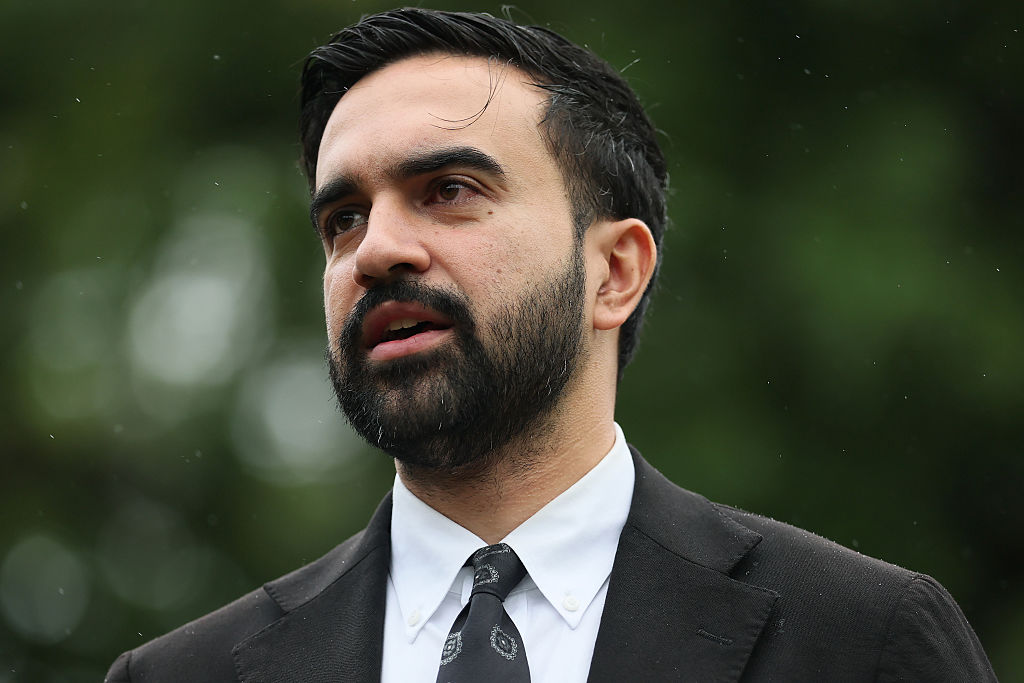Here are some findings from the last two days of the New York Times:
- “Zohran Mamdani has opened a commanding lead in the race for mayor of New York City, buoyed by support for his affordability platform.”
- Mamdani leads among black voters, Latino voters, Asian voters, and white voters.
- Of all the candidates in the race, Mamdani also has the highest percentage of support among Jewish voters. His support among younger and educated voters is off the charts. Both of these facts are important for what I will say below.
- A majority of NYC voters do not believe that criticizing Israel is antisemitic.
- Nearly twice as many New York City voters sympathize with Palestinians over Israelis as opposed to Israelis over Palestinians. Among young voters (younger than twenty-nine), the ratio of support for Palestinians over Israelis jumps to more than five to one.
- A plurality of all voters think that Mamdani has the best response, of any of the candidates, to the Israeli-Palestinian conflict.
Let’s put these pieces together.
New Yorkers stand with Palestine. New Yorkers think that Mamdani has the best position of any of the mayoral candidates on Palestine. Jewish New Yorkers stand with Mamdani. Younger (and educated) New Yorkers overwhelmingly stand with Mamdani. Many of those younger New Yorkers are students, in the process of being educated. Some of those students attend the City University of New York (CUNY).
This past weekend, Mamdani went to Brooklyn College, where he said that students and staff and faculty at CUNY should not be punished for their activism on behalf of Palestine.
Brooklyn College has fired four instructors for their activism on Palestine and is hauling up five full-time faculty and one staff member for investigation and possible discipline over their activism on Palestine. Several of these instructors and faculty and staff are Jewish; all but one of them are women.
All of this repression is being done in the name of protecting Jewish students from alleged antisemitism on campus, even though New Yorkers, in the very Jewish city of New York, reject the idea that criticizing Israel is antisemitic. Jewish students belong to two constituencies — Jewish New Yorkers and New York students — who are planning to vote for Zohran Mamdani. Zohran Mamdani not only supports the position on Palestine that these instructors, staff, and full-time faculty have taken; he has also spoken out on behalf of them and said that CUNY should not be punishing them.
Rosh Hashanah is a holiday connected to Abraham, whose secret, the tradition tells us, is that he knew how to begin again. As we head into this new school year, this new Jewish new year, and this mayoral election, Brooklyn College and CUNY have an opportunity: to begin again. I hope they take it.
